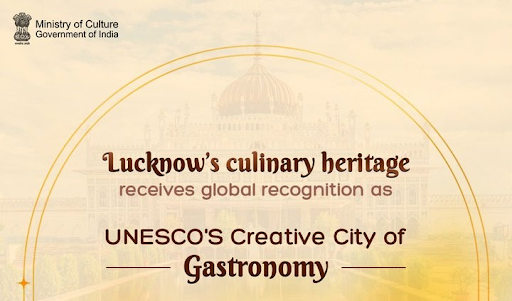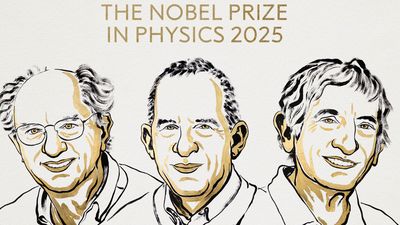Description

Disclaimer: Copyright infringement not intended.
Context: Nowruz is celebrated by the ethnic Iranian population every year in various parts of the world. The Parsi community in India, which follows Zoroastrianism, celebrated Nowruz on March 21, marking the beginning of the New Year.
Details:
About the festival:
- Nowruz begins on the first day of the Farvardin, the first month of the Iranian solar calendar at the spring equinox, and continues for 12 days.
.jpeg)
How is it celebrated?
- In India, the Iranian New Year is celebrated with ardour — people visit the Fire Temple, the place of worship of the Parsi community, decorate their houses, prepare delicacies, and perform rituals based on the movements of the sun during the course of the day.
- Nowruz, across Central Asia, is celebrated by weaving Toran, an ornated gateway; chalk making (similar to the Hindu tradition of making rangolis), and “taking around the Loban (frankincense) in the act of ritual purity.
Origins of Nowruz:
- The origins of the festival are unclear.
- While for the Kurds, Nowruz stands as a symbol of resistance, for Persians, it is purely a cultural festival.
- For Persians, it is a “reminder of values that bind all people together with the aim of mutual understanding, unity, and peace,” Khalid states.
- These days, the festival, in both the nations, stands as a “symbol of national identity” and as a tourism resource.
Commemoration by UNESCO:
- The United Nations General Assembly proclaimed the International Day of Nowruz in 2010.
- The festival had also been listed as an Intangible Cultural Heritage of Humanity in 2016.

Parsi community in India:
- Following religious persecution in Iran, Parsis arrived in India in 936 AC, and sought refuge under the Hindu King of Gujarat, Jadav Rana.
- They continued to preserve their culture and religious identity in India, as they built the first fire temple, Atash Behram, to shelter their holy fire which they had rescued from Iran.
- The sacred fire is now located in a temple in Udvada, Gujarat, which has become the heart of the Parsi culture in India.
- Surat had become a major trade centre for the community by the 16th century.
- As a large part of this community included weavers and artisans the British willingly conducted businesses in the country through the community.
- In the present times, about 70 per cent of Parsis are concentrated in Mumbai, and are intimately connected to the city.
|
PRACTICE QUESTION
Q) Which of the following statements is/are correct with reference to Navroz?
a. It marks the beginning of the Buddhist New Year.
b. The festival has been listed as an Intangible Cultural Heritage of Humanity.
- Only a
- Only b
- Both a and b
- Neither a nor b
Answer: Option 2
|

https://indianexpress.com/article/explained/explained-culture/nowruz-history-significance-celebration-persians-kurds-indians-8512962/















